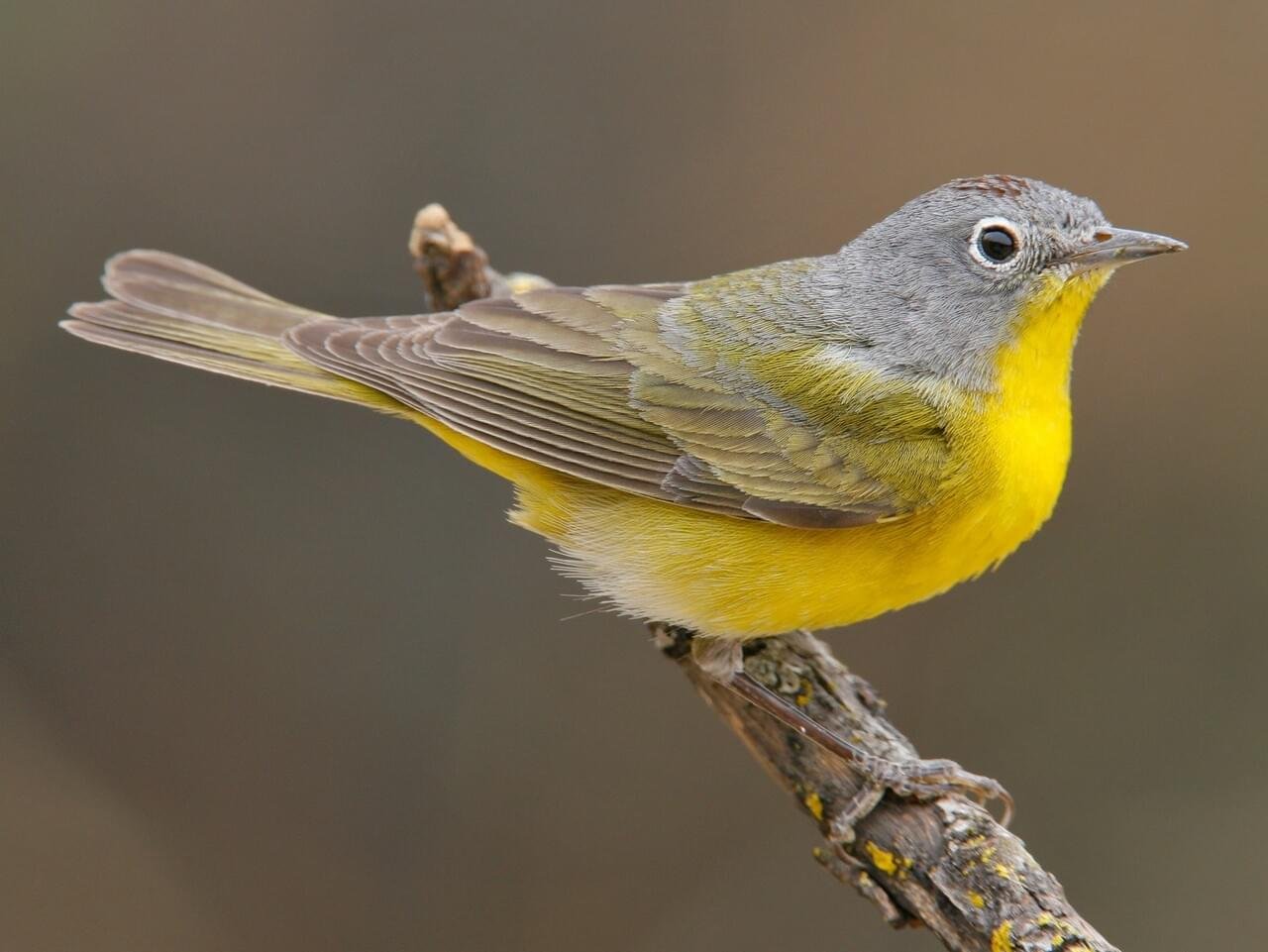By all accounts, the Rose-breasted Grosbeaks have been plentiful and hungry this year. As of this morning, I was still seeing over a dozen at a time at my feeders. We will only see them for another week or so as the majority of them will move northward by mid-May.
If you’ve been having difficulty seeing a bird but hear it singing you should try using the Merlin app by The Cornell Lab of Ornithology. It’s a very useful and easy to use app for bird identification including the songs and calls ID feature. I really put it to the test at Montgomery Bell State Park recently and it was fast and accurate. Just hit the “sound ID” button then touch the microphone icon. Your device will listen and, if it is hearing the bird song, will identify it in seconds. What a nice use for technology.
Nashville-Tennessee Warblers
It seems appropriate to share information with you about two warblers that I’ve seen recently and are seen regularly in TN during spring migration, the Nashville Warbler, and the Tennessee Warbler.
The Nashville Warbler is described as a “boisterous yellow songster”. Smaller than a Goldfinch, males have mostly yellow underparts including the throat, with an olive green back, and a gray hood. The white eye rings are prominent. If it stops moving long enough you may detect the chestnut patch on the crown of the head. The bird got its name from Alexander Wilson in 1811 as he saw this bird while in Nashville and promptly named it after the city. This bird only passes through Nashville, however, and will end up in its breeding grounds well north of us and into Canada.
The Tennessee Warbler can be described as plain. They are still quite handsome but lacking the flash of other warblers. In the males look for the white eyebrow stripe against the grayish head which contrasts with the green back. Male underparts are a dull white. Females are similar but the head is less gray and its underparts are more yellow. This warbler will also just pass through Nashville on its way to the uppermost parts of the U.S. and into primarily Canada to its breeding grounds. The TN warbler is also known to appreciate nectar in its wintering grounds in tropical forests. Rather than get nectar from flowers from the front, like hummingbirds, they will pierce the flower at the base and lap up the nectar as it comes out. This bird was also named by Mr. Wilson.



